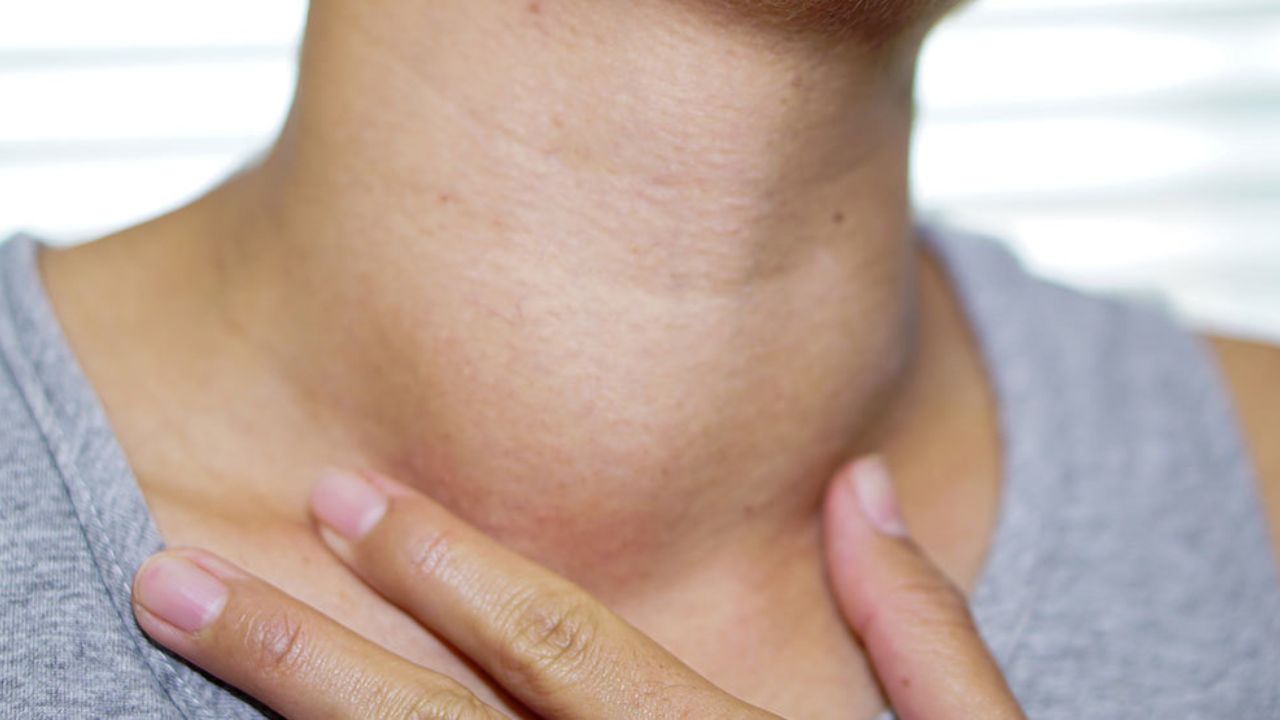Pregnancy and childbirth is a key time for a woman’s health as the new mother is at risk of a range of ailments owing to hormonal changes. Postpartum thyroiditis is a disorder where the new mother’s thyroid gland (the gland placed in front of the neck) becomes inflamed after having a baby which may turn it overactive (hyperthyroidism) and then underactive after some time (hypothyroidism). Postpartum thyroiditis may be more likely to affect women with type 1 diabetes or thyroid issues in their families. How can you tell whether you have this problem?
Whereas the following phase of hypothyroidism can cause fatigue, constipation, muscular cramps, weakness, and weight gain, the first phase of hyperthyroidism can cause symptoms like nervousness, anxiety, a rapid heartbeat, and weight loss. While postpartum thyroiditis heals over time for the majority of women, for some it becomes a lifetime condition that necessitates hormone therapy.
How long does postpartum thyroiditis last?
The recovery from postpartum thyroiditis, which affects a tiny minority of women, can take up to a year.
Of those who have postpartum thyroiditis, 20 to 30 percent experience the typical progression of hyperthyroidism, which typically starts one to four months after delivery and lasts for two to eight weeks, followed by hypothyroidism, which lasts for roughly the same amount of time—two weeks to six months—and then recovery. Some people just have hyper- or only have hypothyroidism.
Postpartum thyroiditis symptoms and signs
When present, the moderate hyperthyroidism symptoms and indicators generally include fatigue, weight loss, palpitations, heat intolerance, anxiety, irritability, tachycardia, and tremor. Similar to hyperthyroidism, hypothyroidism is also typically mild and causes dry skin, lack of energy, cold intolerance, diarrhea, and sluggishness.
Thyroid function testing and clinical symptoms help with postpartum thyroiditis diagnosis (level of TSH and free T4). Seventy to eighty percent of patients with postpartum thyroiditis have elevated serum levels of anti-thyroid peroxidase antibodies.
Treatment
Here is the treatment for hyperthyroidism and hypothyroidism, along with how long it lasts.
Hyperthyroidism
Most postpartum thyroiditis patients don’t need any kind of treatment. To establish that the hyperthyroidism has resolved, thyroid tests should be performed in four to eight weeks. In symptomatic patients, beta blockers may be helpful in reducing uncomfortable palpitations or trembling. Propranolol has the lowest rate of transfer into breast milk, thus when breastfeeding, we prefer it. The hyperthyroid stage of postpartum thyroiditis cannot be treated with radioiodine or antithyroid medications (such as methimazole).
Hypothyroid
T4 therapy is necessary for symptomatic patients with increased TSH levels above the normal range (levothyroxine). Also, we advise T4 replacement for asymptomatic people with a TSH level under 10 mU/L. (Grade 2C). We do not usually treat asymptomatic persons with TSH levels below 10 mU/L.
Therapy
We favor weaning T4 after 6 to 12 months, barring pregnancy, attempted pregnancy, or nursing, as postpartum thyroid impairment is frequently transitory. The dose can be cut in half and thyroid function (TSH, free T4) assessed six weeks later. If the TSH does not rise, the dose can be withdrawn and thyroid function assessed again in another six weeks.
After a year after giving birth, the majority of patients are well and thyroid-neutral. Up to 30% of people experience lifelong hypothyroidism and never fully recover from the initial hypothyroid period.
Reversible hypothyroidism patients should have their TSH levels checked annually since they are more likely to go on to develop permanent hypothyroidism.

 English
English






